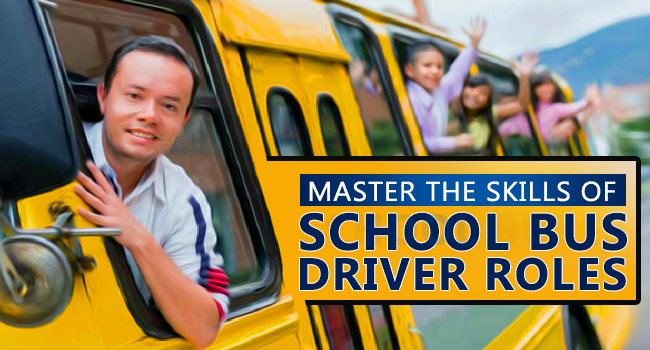Traffic violations, whether it is minor or major are serious offenses, which could even cause endanger the lives of the drivers and pedestrians.
Is driving your passion? Or are you into the driving profession?
This blog is mainly for anyone who drives but does not consider traffic violations as a serious issue.
Definition
Traffic violations can be easily defined as an act that violates the traffic laws of the concerned state and country.
With the rise in the cases of traffic rule breaks, accident cases also rise.
Never consider breaking traffic rules as something very minor. Remember that road is for every user and the rules are the same for all.
It is now very common for vehicle drivers to get fined, issued traffic tickets or even arrested because of traffic violations.
And in recent years, punishment for breaking traffic rules and punishment are also getting harsher.
Such traffic violations take place when drivers break laws that control vehicle operation on roads and highways.
Also Read: 24 Useful Apps For College Students
Check out these reports to know how common is such traffic violations-
- INDIA – Based on a report in Hindustan Times, from January to October 2019, the Noida district traffic police have issued more than 6 lakh challans for different violations leading to the collection of ₹35 crores.
- UAE – Arabic daily has reported the Abu Dhabi Police’s statement that 111 violations were recorded in 2019 for school buses for not turning on the ‘Stop’ sign.
- USA – Joe Tax Payers reports that in the U.S, around 35 million speeding tickets are issued each year, which is about 93,000 tickets each day, or 65 each minute.
Types of Traffic Violations
There are two types of violations
- Minor
- Major
1) Minor Violations
The minor type includes parking violations such as parking in an unauthorized space including in front of a fire hydrant, at the handicapped zone, in front of the driveway and in a no-parking zone.
2) Major Violations
Major violations include more serious issues such as reckless driving and accident issues.
Traffic laws vary by specific state, city, and region. Anyone driving must make sure that they are aware of the legal rights and security options, and such options will vary depending on the charges.
Consequences of Traffic Violations
While minor violations lead to smaller fines and punishment, major ones will result in larger fines and in certain cases, even the accused may have to go to jail as well.
At times the results of such violations can be deadly serious and can lead to further legal consequences.
The more the traffic tickets a driver gets, the worse will be any one’s driving record.
Based on the Reports of News18: “Every Hour 17 People Die in India Due to Road Accident”
With the increase in the number of points, there are also possibilities for the drivers to lose their licenses.
Insurance charges may also increase when you break traffic laws. While applying for new insurance or while renewing insurance, insurance companies will check the driving record and poor records may be denied insurance.
Violations can also result in a crime when a driver causes an accident, but leaves the scene or driving without a cense or driving when drunk or while using drugs.
Charging fines, punishment, and traffic tickets vary with where you live.
In most legal cases, those charged with a traffic felony will be recommended to appear in the court for the accusation.
During accusation, the prosecution must come up with the evidence to prove that the accused has committed the traffic violation.
Examples
While a moving violation occurs when a vehicle in motion disobeys traffic law, a non-moving violation is connected to parking vehicles.
Some of the common violations of traffic laws are –
- Over speed
- Not using the seat belt
- Not signaling
- Avoiding stop signs and red light
- Distracted driving
- No proper vehicle registration
- Passing other vehicles in a no-passing zone
- No valid driver’s license
- Driving under drugs/alcohol influence
- Driving in the carpool lane
- Driving around without stopping for school bus
- Failure to have updated insurance
- Not stopping for pedestrians
Of all these violations, speed limit and seat belt violations are reported to be most common.
Also Read: 90+ Math Riddles For Kids
Tips to Drive Safe
Here’s how you can drive safely in traffic
- Follow rules on speed limits
- Make sure to wear seat belts
- Never drive under alcohol consumption
- Check out traffic signals
- Remember to keep headlights on while driving
- Avoid mobile usage or any distractions while driving
Conclusion
It is quite obvious that traffic violations may lead to severe mishaps which in turn affect your easy life.
Don’t try to break traffic rules and be safe.
In most countries, punishments for breaking traffic rules are strict which leads to temporary as well as permanent dismissal of license.
Be sure that you are not breaking any traffic rules.































